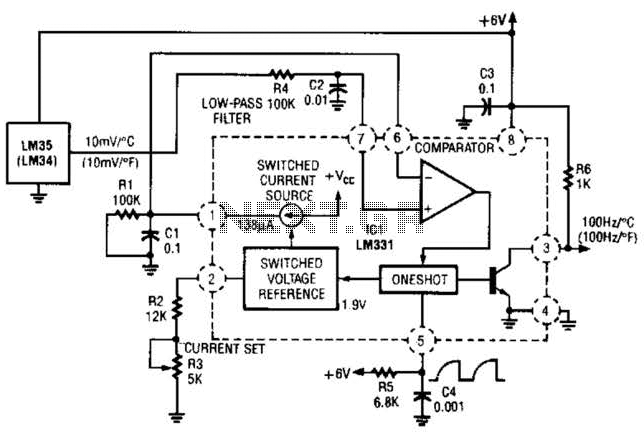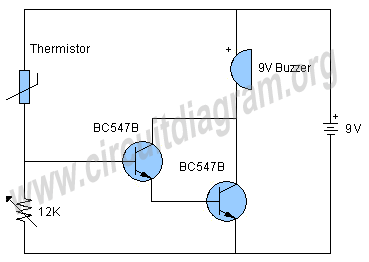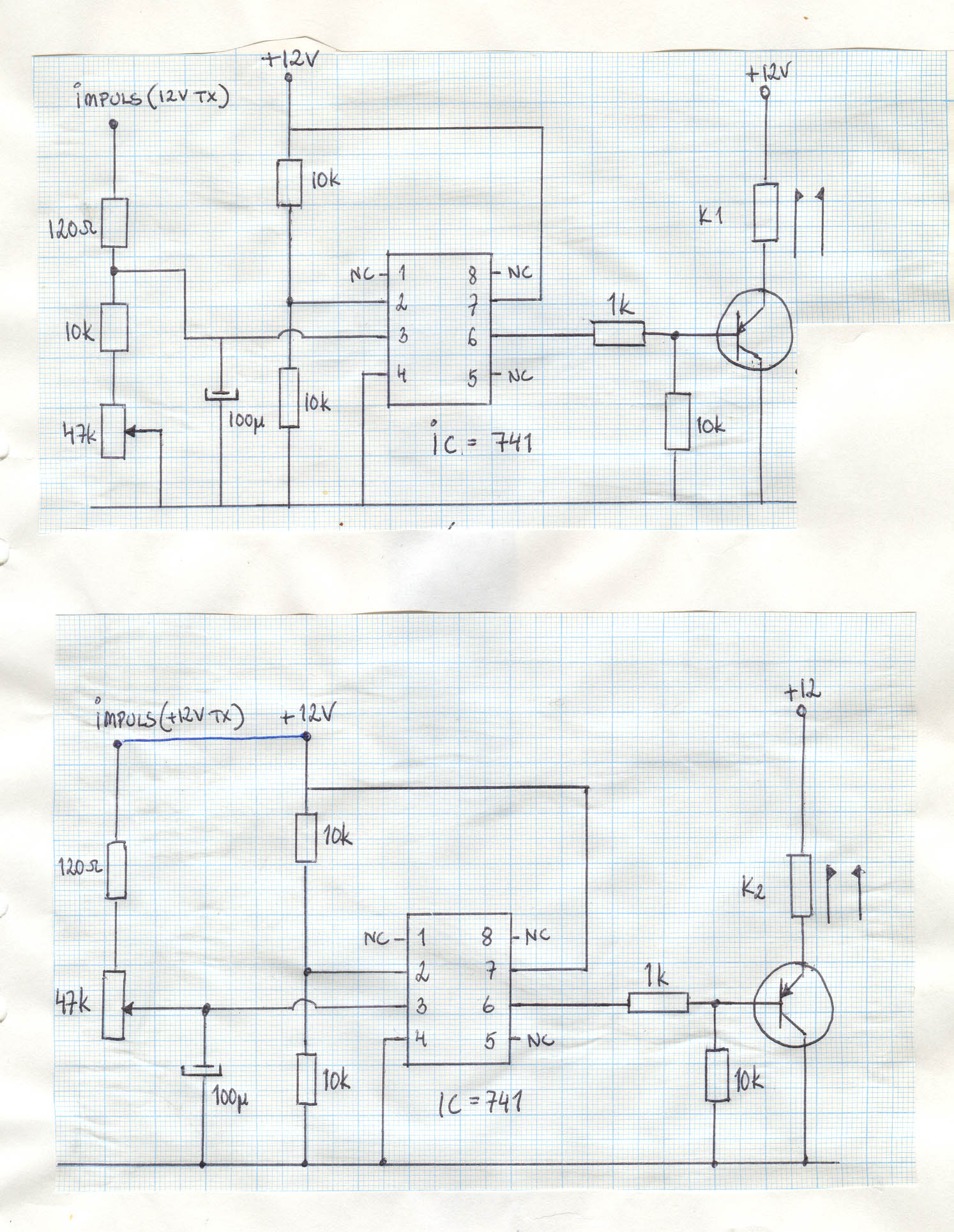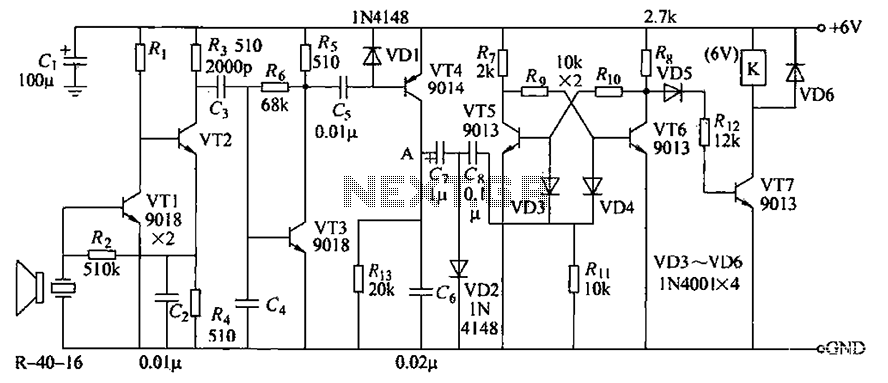
phase control circuit

This is a simple design schematic for a phase control circuit that regulates the power delivered to an AC load. The phase control circuit modifies the AC waveform, allowing for variations such as full cycle, half cycle, zero cycle, or any intermediate state. This circuit operates similarly to a dimmer circuit, with switching synchronized to the zero crossing of the waveform. It utilizes the IC U208B. The advantage of switching at the zero crossing is that the triacs experience minimal power dissipation, thereby enhancing overall efficiency. This phase control circuit is suitable for applications such as brushed AC motors, heater filaments, or incandescent lamps. The U208B IC is specifically designed for phase control in bipolar technology and features internal supply voltage monitoring. As the voltage builds up, it prevents uncontrolled output pulses through internal monitoring. Additionally, it incorporates internal current and voltage synchronization, making it a recommended low-cost open-loop control solution.
The phase control circuit is constructed to manage the power flow in AC systems by modulating the waveform based on the desired output. The circuit design includes a triac, which acts as the primary switching component, allowing current to flow when triggered. The U208B integrated circuit serves as the control unit, providing the necessary logic to synchronize the switching with the zero crossings of the AC waveform. This synchronization is crucial as it minimizes electrical noise and reduces stress on the triac, enhancing its lifespan and reliability.
The circuit begins with an AC input, which is then processed by the U208B. The IC monitors the input voltage and generates control signals that dictate when the triac should be turned on or off. By adjusting the timing of these control signals, the circuit can effectively control the amount of power delivered to the load. For instance, delaying the turn-on time results in a reduced power output, which is ideal for applications such as dimming lights or controlling motor speeds.
In addition to its primary function, the U208B incorporates features that provide protection and stability. The internal voltage monitoring ensures that the IC operates within safe limits, preventing damage due to voltage spikes. The built-in current synchronization helps maintain consistent operation even as load conditions change, making the circuit versatile across various applications.
Overall, this phase control circuit design is efficient, cost-effective, and suitable for a wide range of AC load control applications. Its integration of the U208B IC simplifies the design process while enhancing performance, making it an excellent choice for engineers and designers working with AC power control.This is a simple design schematic circuit for phase control circuit. The circuit can be used to control the power delivered to an AC load. The phase control circuit can control the AC waveform, cutting the cycle to give full cycle, half cycle, zero cycle, or somewhere in between. You can say this circuit is similar to a dimmer circuit, but the swi tching is synchronized with the zero crossing of the waveform. This circuit is works using based on IC U208B. This is the figure of the circuit. The benefit of switching the power in zero crossing condition is that the triacs doesn`t suffer power dissipation, thus increasing the overall efficiency. This phase control circuit is suitable for brushed AC motor, heater filament, or incandescent lamps. The IC U208B is designed as a phase control circuit in bipolar technology with internal supply-voltage monitoring.
As the voltage is built up, uncontrolled output pulses are avoided by internal monitoring. Furthermore, it has internal-current and voltage synchronization. It is recommended as a low cost open-loop control. [Schematic diagram source: TEMIC TELEFUNKEN Microelectronic Application Notes] 🔗 External reference
The phase control circuit is constructed to manage the power flow in AC systems by modulating the waveform based on the desired output. The circuit design includes a triac, which acts as the primary switching component, allowing current to flow when triggered. The U208B integrated circuit serves as the control unit, providing the necessary logic to synchronize the switching with the zero crossings of the AC waveform. This synchronization is crucial as it minimizes electrical noise and reduces stress on the triac, enhancing its lifespan and reliability.
The circuit begins with an AC input, which is then processed by the U208B. The IC monitors the input voltage and generates control signals that dictate when the triac should be turned on or off. By adjusting the timing of these control signals, the circuit can effectively control the amount of power delivered to the load. For instance, delaying the turn-on time results in a reduced power output, which is ideal for applications such as dimming lights or controlling motor speeds.
In addition to its primary function, the U208B incorporates features that provide protection and stability. The internal voltage monitoring ensures that the IC operates within safe limits, preventing damage due to voltage spikes. The built-in current synchronization helps maintain consistent operation even as load conditions change, making the circuit versatile across various applications.
Overall, this phase control circuit design is efficient, cost-effective, and suitable for a wide range of AC load control applications. Its integration of the U208B IC simplifies the design process while enhancing performance, making it an excellent choice for engineers and designers working with AC power control.This is a simple design schematic circuit for phase control circuit. The circuit can be used to control the power delivered to an AC load. The phase control circuit can control the AC waveform, cutting the cycle to give full cycle, half cycle, zero cycle, or somewhere in between. You can say this circuit is similar to a dimmer circuit, but the swi tching is synchronized with the zero crossing of the waveform. This circuit is works using based on IC U208B. This is the figure of the circuit. The benefit of switching the power in zero crossing condition is that the triacs doesn`t suffer power dissipation, thus increasing the overall efficiency. This phase control circuit is suitable for brushed AC motor, heater filament, or incandescent lamps. The IC U208B is designed as a phase control circuit in bipolar technology with internal supply-voltage monitoring.
As the voltage is built up, uncontrolled output pulses are avoided by internal monitoring. Furthermore, it has internal-current and voltage synchronization. It is recommended as a low cost open-loop control. [Schematic diagram source: TEMIC TELEFUNKEN Microelectronic Application Notes] 🔗 External reference





